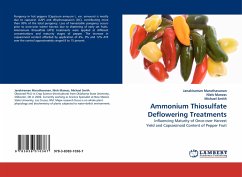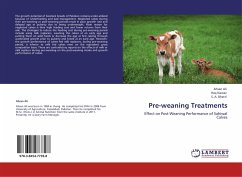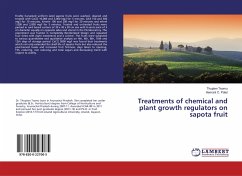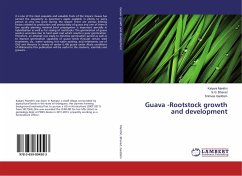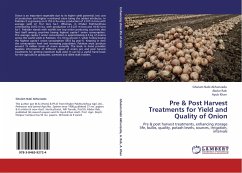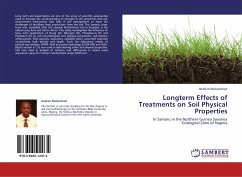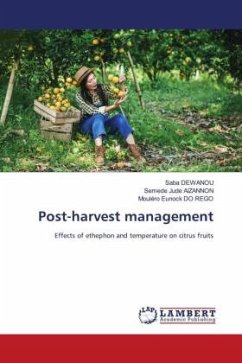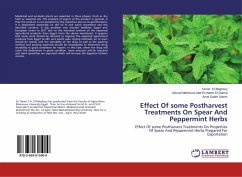Pungency in hot peppers (Capsicum annuum L. var. annuum) is mostly due to capsaicin (CAP) and dihydrocapsaicin (DC), contributing more than 90% of the total pungency. Loss of harvestable pungency occurs prior to once-over winter harvest due to shattering of early set fruits. Ammonium thiosulfate (ATS) treatments were applied at different concentrations and maturity stages of pepper. The increase in capsaicinoid content afforded by application of 6%, 9% and 12% ATS over the control approximately ranged 8 to 15 percent.

